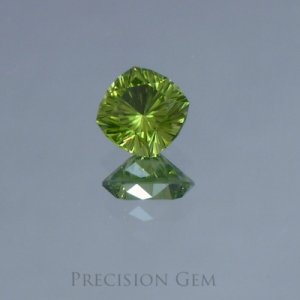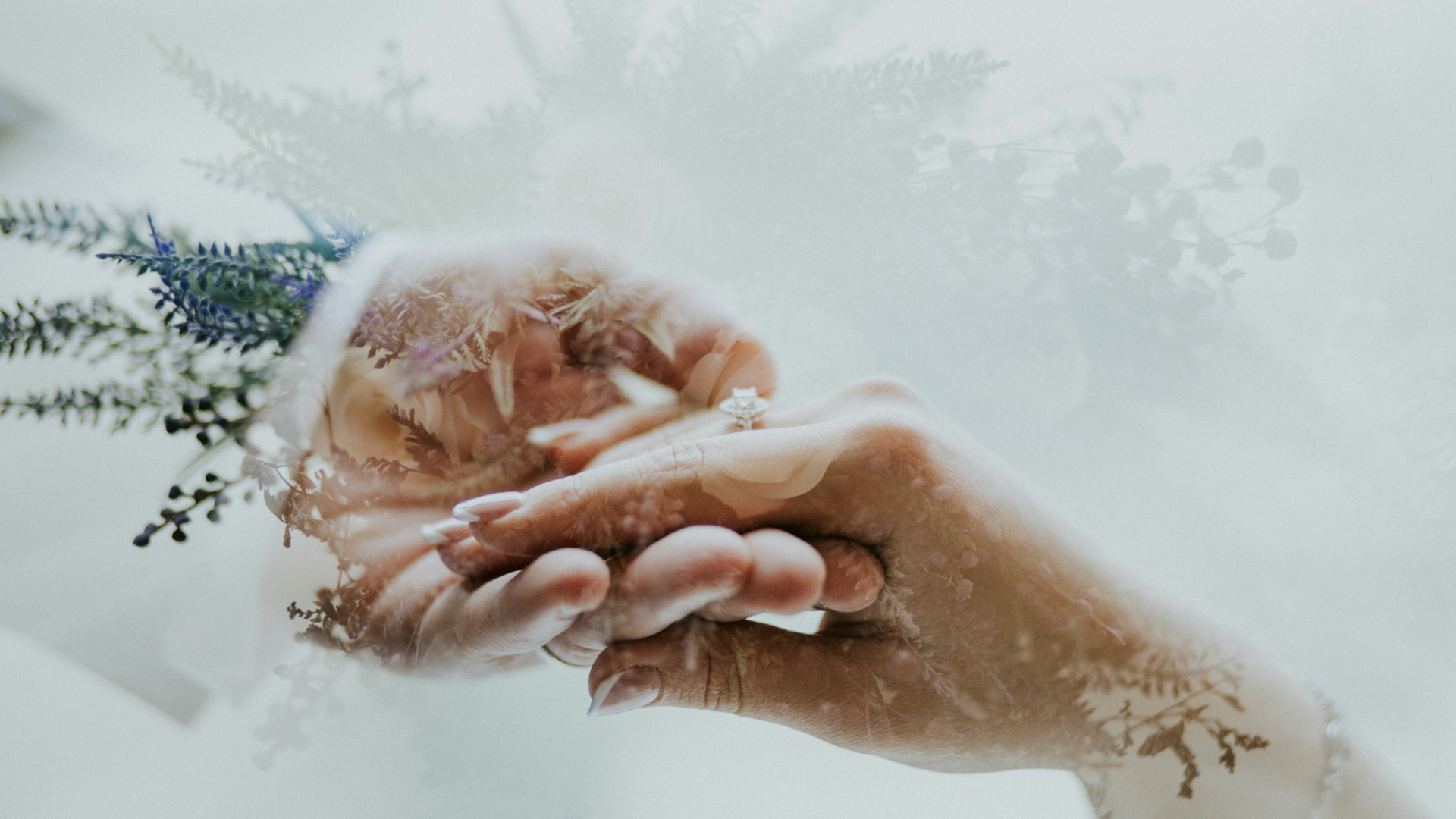- Joined
- Aug 5, 2010
- Messages
- 12,884
minousbijoux|1359528153|3367178 said:Another thought for those of you who use an artificial light source and a light box type set up - how do you show the gem in "natural light" or daylight? Do you correct for that with lights that mimic sunlight, or can you take your setup outside and use sunlight?
PrecisionGem|1359565502|3367359 said:One thing to consider with lights is that you want a full spectrum light. The CFL bulbs and florescent are not. If you look at a CFL with a spectrascope you will see all kinds of black bands in the spectrum. An LED is actually a better light source, or the old fashioned incandescent bulb.
kenny|1359529902|3367189 said:In photography you should avoid using two light sources, such as daylight from a window and light bulbs, unless you are intentionally going for a creative effect.
PrecisionGem|1359565502|3367359 said:One thing to consider with lights is that you want a full spectrum light. The CFL bulbs and florescent are not. If you look at a CFL with a spectrascope you will see all kinds of black bands in the spectrum. An LED is actually a better light source, or the old fashioned incandescent bulb.
Chrono|1359566332|3367367 said:kenny|1359529902|3367189 said:In photography you should avoid using two light sources, such as daylight from a window and light bulbs, unless you are intentionally going for a creative effect.
Why this? On a cold wintery day when the sun is weak or overcast, it is difficult to brave the cold winds so I stand by the window to take a picture. Sometimes it is still too dark, so I turn on the lights in the room for additional lighting. I do not get any funky results from either the stone nor camera.
kenny|1359567356|3367393 said:Something like a face or an opaque white vase would be a good example if lights of different colors were striking it from opposite sides, but gems since they are transparent may be more forgiving.
Chrono|1359567665|3367402 said:kenny|1359567356|3367393 said:Something like a face or an opaque white vase would be a good example if lights of different colors were striking it from opposite sides, but gems since they are transparent may be more forgiving.
And a whole lot smaller too.
Chrono|1359566835|3367379 said:PrecisionGem|1359565502|3367359 said:One thing to consider with lights is that you want a full spectrum light. The CFL bulbs and florescent are not. If you look at a CFL with a spectrascope you will see all kinds of black bands in the spectrum. An LED is actually a better light source, or the old fashioned incandescent bulb.
I only photograph colour shifters and changers under LED and incandescent to show their different colours. The shifts on my non-shifters / changers are very minor to insignificant under CFLs. What do those black bands in the spectrum mean?
minousbijoux|1359528153|3367178 said:Another thought for those of you who use an artificial light source and a light box type set up - how do you show the gem in "natural light" or daylight? Do you correct for that with lights that mimic sunlight, or can you take your setup outside and use sunlight?
distracts|1359582130|3367738 said:minousbijoux|1359528153|3367178 said:Another thought for those of you who use an artificial light source and a light box type set up - how do you show the gem in "natural light" or daylight? Do you correct for that with lights that mimic sunlight, or can you take your setup outside and use sunlight?
I don't have a light box setup but probably a good half of my indoor at my desk pics are taken with an artificial light facsimile. Totally accidental on my part - I have seasonal affective disorder and have a number of SunBox lamps to use as part of treatment. But they're pretty good for the purpose of mimicking sunlight in photos. It's not exact, but it's certainly much closer than my ceiling lights.

minousbijoux|1359671933|3368992 said:Ahh, a tripod. Gene, any sense as to whether you could come as close in the way of a nice photo with the point and shoot in the absence of a tripod? And Kenny, is there a cheap way to go for tripods for mere mortals like me?
TIA
kenny|1359674366|3369042 said:Just rest the camera on books.
Make the camera point down at the gem by putting a coin or two under the camera, at the back side.
Business cards stacked under the lens may help it from falling forward.
Don't touch the camera to take the pic since that will will move the camera and blur the pic.
Use the camera's timer.

